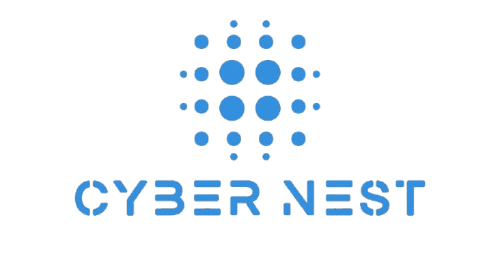The AWS Cost Spiral — Why Optimization Must Be Continuous

Executive Summary
AWS has redefined how businesses innovate, scale, and compete. But with flexibility comes complexity. Cloud overspending is one of the most common challenges organizations face—with studies estimating that up to 35% of cloud budgets are wasted due to idle or misconfigured resources.
This white paper explains why cost optimization in AWS cannot be treated as a one-time exercise. It highlights the hidden drivers of cloud cost spirals, the limitations of one-off audits, and why continuous optimization frameworks are essential for sustainable growth, compliance, and resilience.
The Hidden Cost Spiral in AWS
The promise of AWS lies in agility: spin up services in minutes, scale workloads instantly, and pay only for what you use. But the same elasticity that drives innovation also fuels cost spirals.
Key drivers include:
- Idle resources such as forgotten test environments or unused EBS volumes.
- Over-provisioning when teams choose larger instances “just in case.”
- Data transfer charges from unplanned inter-region traffic.
- Unoptimized storage tiers, with frequently used data sitting in expensive “hot” storage.
- Orphaned resources left behind after migrations.
- Poor tagging discipline, making cost accountability nearly impossible.
These costs accumulate silently. By the time finance teams flag overruns, much of the waste has already occurred.
Why One-Off Optimization Isn’t Enough
A common response is to bring in a consultant for a point-in-time audit: identify idle resources, shut them down, and declare victory. While this reduces waste temporarily, it rarely addresses the systemic problem.
Limitations of one-off optimization:
- Dynamic usage patterns – What’s right-sized today may be oversized tomorrow.
- Developer velocity – New workloads are constantly introduced without cost guardrails.
- Elastic services – Auto-scaling groups can quickly outgrow initial budgets.
- Compliance requirements – Security or governance changes can alter cost baselines.
Result: A short-term dip in spend followed by the same upward spiral.
The Continuous Optimization Imperative
To truly control costs, optimization must be continuous, automated, and embedded into operations.
Best practices include:
- 24/7 monitoring of usage anomalies.
- Automated right-sizing and scheduling of instances.
- Reserved instance & savings plan management with periodic reviews.
- FinOps practices aligning engineering with finance for shared accountability.
- Real-time dashboards tied to business KPIs, not just technical metrics.
- Security and compliance integration, ensuring cost control doesn’t compromise resilience.
This model ensures that as workloads evolve, costs remain predictable and efficient.
The FinOps Connection: Beyond Cost Cutting
Continuous optimization aligns closely with the FinOps discipline—a cultural and operational shift that integrates finance, engineering, and operations.
According to the FinOps Foundation:
- Teams that adopt FinOps achieve up to 40% better cost predictability.
- Cross-functional accountability prevents shadow IT and cost blind spots.
- Real-time cost visibility enables smarter trade-offs between performance and spend.
Key principle: Cost optimization isn’t about reducing spend at all costs—it’s about maximizing business value per dollar spent.
Building a Continuous Optimization Framework
Organizations adopting AWS should structure optimization as a recurring lifecycle, not a project:
- Discover – Audit current workloads and identify waste.
- Analyze – Categorize spend across teams, projects, and services.
- Optimize – Apply automation (right-sizing, auto-scaling, scheduling, storage tiering).
- Monitor – Track cost/performance trade-offs continuously.
- Review – Regularly revisit reserved instances, savings plans, and workload architectures.
- Govern – Enforce tagging, budgeting, and compliance guardrails across teams.
This cycle repeats continuously as cloud environments evolve.
Regional Context: Why It Matters for Bay Area Companies
The San Francisco Bay Area is home to fast-scaling SaaS, fintech, and AI-driven companies. These organizations:
- Rely heavily on multi-cloud or hybrid AWS environments.
- Experience rapid scaling needs that make one-off audits obsolete within weeks.
- Face increasing pressure from investors and regulators for cost efficiency and compliance.
For such businesses, continuous AWS cost optimization isn’t optional—it’s a strategic necessity.
Conclusion
The AWS cost spiral is real—and it cannot be solved by one-off efforts. Organizations must shift from reactive cost-cutting to continuous, proactive cost optimization.
By embedding monitoring, automation, and FinOps practices into daily operations, companies can:
- Reduce waste by 20–40%
- Improve predictability in budgets
- Strengthen compliance readiness
- Reinvest savings into innovation
Final Thought: The cloud is dynamic—your cost strategy must be too.
